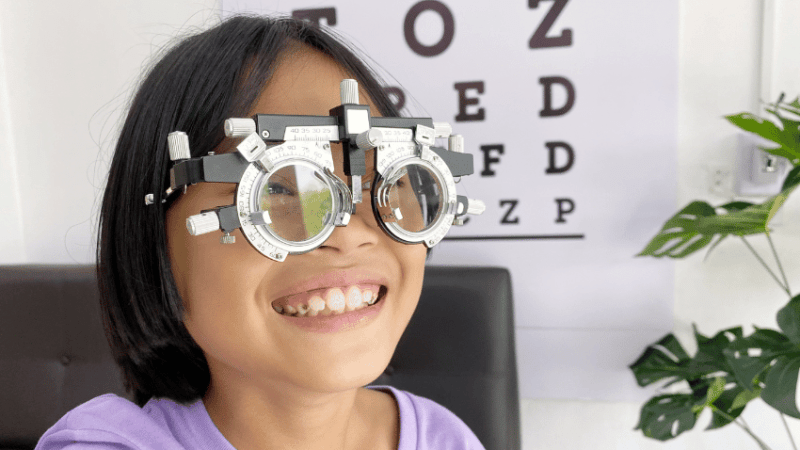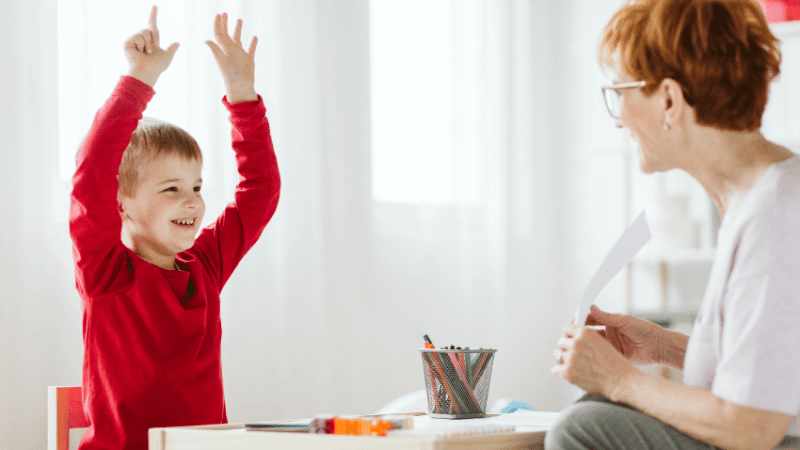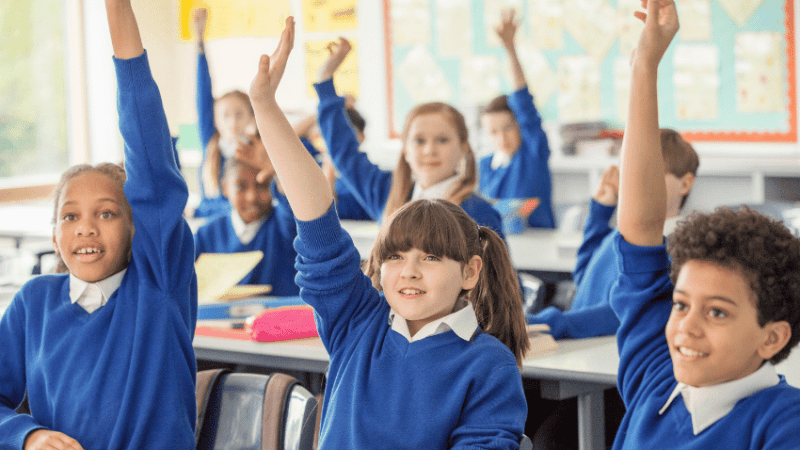Take A Seat – How To Get Your Young Children With SEN To Sit Still

Getting your special children to sit and engage is possible – but you need to know what makes them tick and then grab their attention, says Adele Devine…
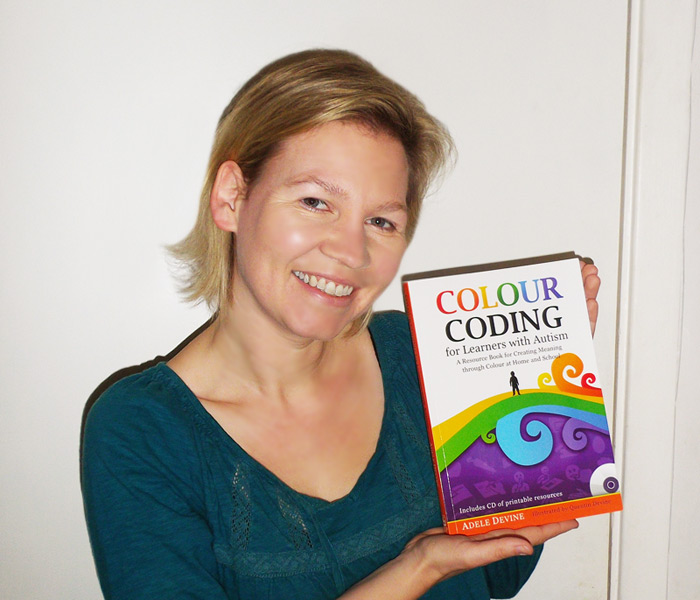
- by Adele Devine
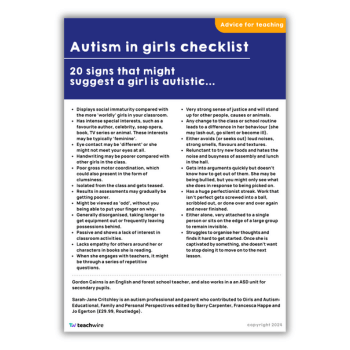
What made the children of Hamlin follow the Pied Piper? He did not call out to them or cajole them. He played their music.
When our little ones wriggle, squiggle, fiddle or point-blank refuse to come and sit at circle time, they are not being badly behaved. We naturally want them all to join the group, but being forceful or directive is not the best tactic.
Shift the focus and find their music. Think Pied Piper – enchant them with sounds or sights that spark their interest, so that they cannot resist being included with the rest of the group. Seating is also important. Take our little class, who are not yet ready for the formality of sitting in chairs. Some of them liked our beanbags, but there were not enough for everyone and the children tended to end up lying down in unusual ways, rather than sitting.
One of the children had a specialised ‘Pea Pod’ seat, which looked like a bean bag, but was moulded to support their posture. I wanted to find bean bag chairs to meet my slouching squigglers halfway and make the seating arrangement for circle times more inclusive for the child in the ‘Pea Pod’. I searched the internet and found a set of ‘Reading Pod’ bean bag seats. They looked ideal, and we decided they could be the perfect solution.
The children took to them brilliantly. We had met halfway. They had their comfortable beanbags, and we had them sat in a slightly more structured way. We had also found a stepping stone towards sitting on chairs.
Consider your audience
Roman Polanski once observed that, “Cinema should make you forget you are sitting in a theater.” What makes us go and see a new film? What makes us stay?
When you plan a group sitting session, think theatre, think audience and think comfort. If a child does not choose to sit when you say ‘story time’, rethink and restructure. As the case studies below illustrate, filling a box with exciting toys or blowing some bubbles can allow you to become their Pied Piper…
Case study – ‘Barney the Bouncer’
Good sitting? Barney was sat at the table with a support assistant right next to him. I noticed that every so often he would make a ‘getting up’ move. The assistant was on the ball and would show him a ‘good sitting’ visual and say in a nice but firm voice, “Good sitting, Barney.”
This was working and did keep Barney in his seat, but something niggled. My instinct was that Barney had a sensory need to get up and have a bounce, and that by focusing so much attention on not bouncing, he could not fully concentrate.
Finding solutions I took the opportunity (with a small group) to see what Barney would do if he was in an engaging session, but free to get up. I discussed this with the support assistant and asked her to do an observation for me. After about five minutes, Barney got up. He hesitated because he was used to having a ‘good sitting’ prompt. I said, “If Barney needs to bounce for a minute then that’s okay.”
I fetched a one-minute egg timer and turned it over. Barney clocked the timer and smiled brightly before he bounced off to a corner. I continued with the session, but was really pleased when Barney came back and sat. Another five minutes and Barney was up again and then back again.
Outcomes Barney wasn’t being naughty. He had a sensory need to have a bounce, and although he had learnt to control this with prompts, I was sure that by focusing his attention on not bouncing he was missing out on so much learning. From then on Barney was allowed to get up and bounce when he needed to. He was also given more access to bounce times and sensory integration. The bouncing in lessons reduced, and his happiness, ability to sit and potential to learn all improved.
Case study – ‘Attention, Gigi!’
The issue ‘Attention Autism’ or ‘Box’ was a session that we did every day at the same time. When we were ready to begin, the children would sit on their bean bags – all except Gigi, who was new and still learning our routines. When we showed her the ‘box’ symbol on her ‘Now and Next’ visual schedule, she would refuse to move. I had to make the box and activities so exciting that Gigi wanted to come and see…
What’s in the box? “We’re starting now,” I said. “We want to see what’s in the box.” I drew a simple schedule on our whiteboard illustrating this. Then I retrieved a bottle of bubbles from the box. “Yay! I love bubbles!” I started to blow them, knowing that Gigi was watching. Next I produced a singing ‘Bob the Builder’, but purposefully blocked the action so that Gigi would have to move in order to see.
She soon manoeuvred herself to a spot where she could watch, but still escape.
Success Gigi was really engaged by this activity and had chosen to come and sit down because she wanted to see what was going on. She soon learnt the set routine of this regular session, and would sit beautifully and watch intently. She knew that our ‘Box’ activity after lunch would be familiar, structured, fun, exciting and well worth sitting still for.
Please be seated
10 ways you can encourage good sitting…
• Trial carpet spots, cushions, bean bags or swings. • Use timers to show how long the sitting will be. • Use visual schedules to break down and explain expectations. • Add in some movement opportunities or fidget toys. • Use ‘good sitting’ symbols showing the specific sitting. • Praise children getting it right by name – ‘Good sitting, Billy!’ • Avoid giving attention to children who do not sit. Carry on. • Make sitting sessions consistent, visual and attention grabbing. • Highlight positive role models among the other children and staff. • Think about the whys, and prepare to compromise and meet halfway.
Adele Devine is a teacher at Portesbery School & director of SEN Assist; for more information, visit www.senassist.com or follow @AdeleDevine





